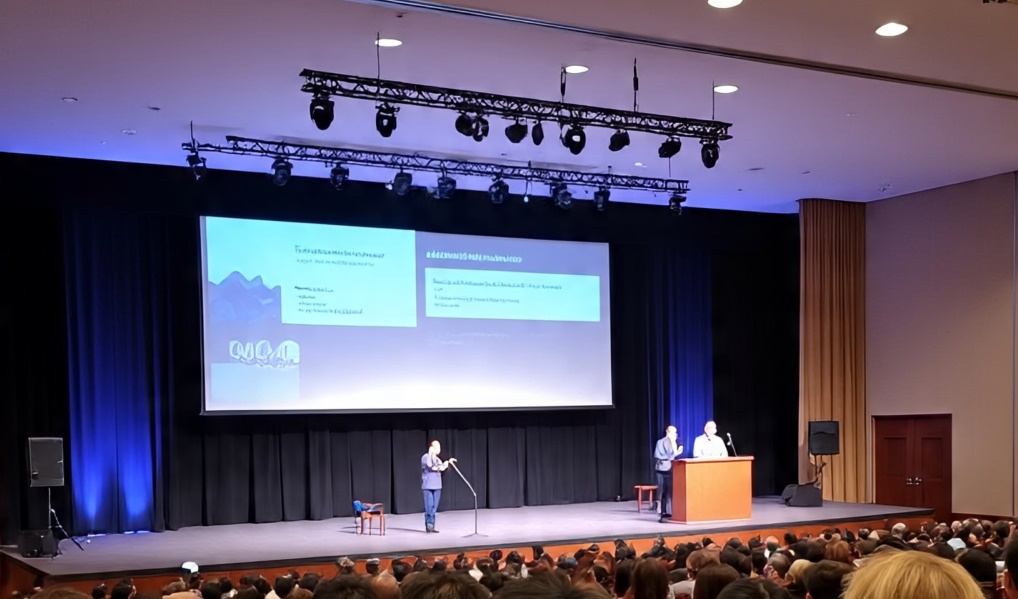The Influence of Travel Costs on The Economic Valuation of Bokori Island Tourist Attraction
Keywords:
Economic Valuation, Tourist Attraction, Travel CostsAbstract
The effect of travel costs on tourism is useful in the development of tourism activities. In this case, travel costs aim to determine how much economic valuation is given by tourists to a natural resource, and the research objective of the benefits of economic valuation is to provide an overview of information for outside investors to assess the tourism potential of Bokori Island and other tourism, as well as to make a guideline or reference for decision making in government policies in developing the tourism sector. The analytical tool used in this study was simple linear regression with the help of the program. The results showed that the travel cost variable had a significant effect on the economic valuation variable for Bokori Island. This can be seen from the probability t-statistics of 0.000, which is smaller than the alpha value of 5% (0.05), with an economic valuation value of Rp. 9,104,683,500/year).
References
Arikunto, S. (2006). Research Procedures: A Practical Approach. Jakarta: PT. Rineka.
Central Bureau of Statistics 2020 Konawe District Southeast Sulawesi Provincial Tourism Office, 2018.
Fauzi. (2010). Natural resources and environmental economics theory and applications. Gramedia Pustaka Utama: Jakarta
Ferra Ermawanti. (2012). Economic Valuation of Ndayu Park Tourism Object with Travel Cost Method and Contingency Valuation Method. Department of Development Economics, Faculty of Economics, Sebelas Maret University
Gaspersz, V. (2003). Total Quality Management. Jakarta: Gramedia Pustaka.
Hanley, N., & C. L. Spash. (1993). Cost–Benefit Analysis and the Environment. Edward Elgar Publishing Limited. Hants -England.
Karyono. (1997). Tourism. Jakarta: Grasindo.
Kodhyat, H. (1998). History of Tourism and Its Development in Indonesia.
Law Number 10 Year 2009 on Tourism
Maidin, A. (2003). Rationalization of Hospital Inpatient Rates through Unit Cost Analysis, Ability and Willingness of Patients to Pay (Case Study at Majene Regency General Hospital), Journal of Health Policy Administration, Vol. 1, No. 2
Maulani. (2001). The Concept of Travel Cost Method.
Nurjenika. (2017). with Economic Valuation of Trikora Beach Tourism Objects in Bintan Regency: Travel Cost Method. University of Muhammadiyah, Yogyakrta.
Ridwan, H., Iswandi, M., Hos, J. & Husain, M.N.. (2020). Public Understanding of Tourism Communication in the Coastal Region of Southeast Sulawesi. Indonesian Journal of Social and Environmental Issues (IJSEI), 1(3), 198-204.
Spillane J.J. (1987). Indonesian Tourism History and Prospects. Yogyakarta, Kanisius, 150 pages.
Sugiyono. (2010). Educational Research Methods Quantitative, Qualitative, and Qualitative Approaches, R&D. Bandung: Alfabeta.
Suparmoko. (1997). Natural Resources and Environmental Economics, Third Edition, Yogya: BPFE UGM.
Supriyono. (2000). Cost Accounting: Cost Planning and Control and Decision Making, Book II, 2nd Edition, BPFE, Yogyakarta. Sunarto. 2003. Marketing Management. Yogyakarta: BPFE-UST.
Yakin. (1997). Resource and Environmental Economics; Theory and Policy of Sustainable Development. First Edition. First Printing. Publisher Akademika Presindo. Jakarta.




